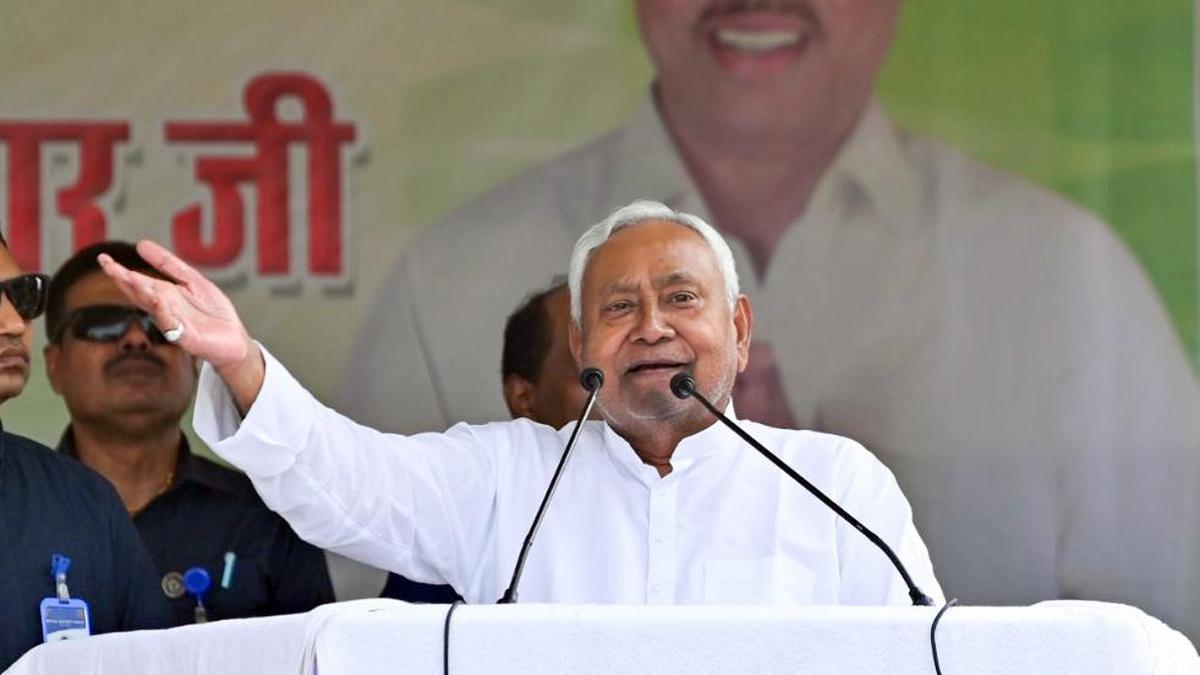Online spaces in India are increasingly becoming sites of gender-based violence, a report by international human rights organisations Equality Now, and the Breakthrough Trust stated.
The study, titled ‘Experiencing Technology-Facilitated Gender-Based Violence in India: Survivor Narratives and Legal Responses’, shows how technology-facilitated gender-based violence is silencing women and LGBTQI+ individuals.
“India’s justice system is not equipped to deal with the evolving nature of technology-facilitated gender-based violence. Legal and policy reform that is fit for purpose is urgently required to make digital spaces safer. Survivors need stronger laws, swifter justice, greater support, with tech companies taking real responsibility for harms happening on their platforms,” Amanda Manyame, Equality Now, said.
Technology-facilitated gender-based violence refers to abuse enabled or amplified through digital technologies, targeting individuals based on gender or sexual identity, or by enforcing harmful gender norms.
COMMENT | The digital frontier of inequality
The report draws on nine survivor interviews, and 11 expert interviews (including lawyers, cybercrime police, academics, and from civil society) across Delhi, Patna, Hyderabad, Kochi, and Thiruvananthapuram. The survivors ranged from adolescents (13 to 17 years) to women in their 30s and 40s, including Dalits, journalists, actors, and LGBTQI+ individuals.
Common violations include non-consensual sharing of intimate images, morphing and deepfakes, doxing publishing private or identifying information), stalking, impersonation, cyberbullying, and coordinated attacks. Vulnerability is heightened by caste, tribe, class, disability, and profession.
India’s digital gender divide remains stark. Only 33% of women have ever used the Internet compared with 57% of men (National Family Health Survey-5, 2019–21). Rural men are twice as likely as rural women to have used the Internet (49% men, and 25% women).
Further, 45% of the population does not access the Internet; among those who do, 82% use someone else’s phone, and of this group, 77% are women and 43% are over 35, says 2023 data from data analytics firm Kantar, and the Internet and Mobile Association of India.
Perpetrators often groom children, trap them, and use videos for blackmail. Soumya, a Special Public Prosecutor in Kerala, said. Cases closed as “unnatural death” instead of sexual violence, and cross-examination targeting a child’s “character” rather than the crime are other issues she stresses.
Survivors described humiliation, career setbacks, and a system that fails them. “Filing a complaint felt like another violation. I had to relive everything, only to be told it was my fault,” one survivor said.
A Kerala journalist said her number was scrawled across public toilets. “I received 2,000-3,000 calls per day,” she said.
“They took my karwa chauth pictures and wrote captions like ‘slutty whore’. The police could not do anything, and my case was closed,” a survivor in Patna said.
A LGBTQIA+ post-graduate student in Kerala belonging to a Scheduled Tribe community faced attacks after a Pride rally. “They posted my number on porn sites and started messaging my family. I haven’t come out properly; informing them disturbed my life,” the student said.
Also Read | Forced to comply, silenced by violence
“Sending legal notices is often the only effective way to intimidate perpetrators,” a Delhi advocate who worked on the Bois Locker Room case said.
A 30-year-old survivor from Idukki, Kerala, was asked to pose as a politician in sexually suggestive ways while working as a newsreader. Her employer was arrested after she complained, but she and her children faced public humiliation.
The report flags gaps in India’s cyber laws — the Information Technology (IT) Act, 2000 focuses on property and data, not harm to persons. It is gender neutral but not gender responsive. The striking down of Section 66A in 2015 for violating free speech left a critical gap in safeguarding survivors, the report says.
Currently, cases rely on provisions of the Bharatiya Nyaya Sanhita, 2023 — Sections 75 (sexual harassment), 77 (voyeurism), 78 (stalking), 351 (criminal intimidation/trolling), 356 (defamation); and Sections of IT Act, including Sections 66E (privacy), 67 (obscenity), 67A (sexually explicit content), 72 (breach of confidentiality), and Section 69A for blocking orders, and Section 79 for safe harbour, read down in Shreya Singhal v. Union of India.
Under the IT Rules, intermediaries must remove unlawful content within 24-36 hours of a valid complaint or order, maintain grievance mechanisms, and cooperate with law enforcement. In practice, survivors and police struggle to get harmful content removed, the report says.
“Lawyers and police describe working with platforms like Meta, Instagram, and WhatsApp as opaque, resource-intensive, inconsistent, and often ineffective,” the report says. Requests are often refused, forcing lengthy legal routes. Multi-country jurisdictions complicate investigations. Automated moderation and lack of linguistic expertise worsen enforcement, especially for abuse in regional languages.
“Every survivor we spoke to shared stories of fear, frustration, and resilience. Their experiences show that the systems meant to protect them end up silencing them instead. Survivors want faster responses, compassionate engagement, and solutions that restore their safety and dignity, not more bureaucracy or blame,” Manjusha Madhu of the Breakthrough Trust said.

 3 hours ago
4
3 hours ago
4









 English (US) ·
English (US) ·